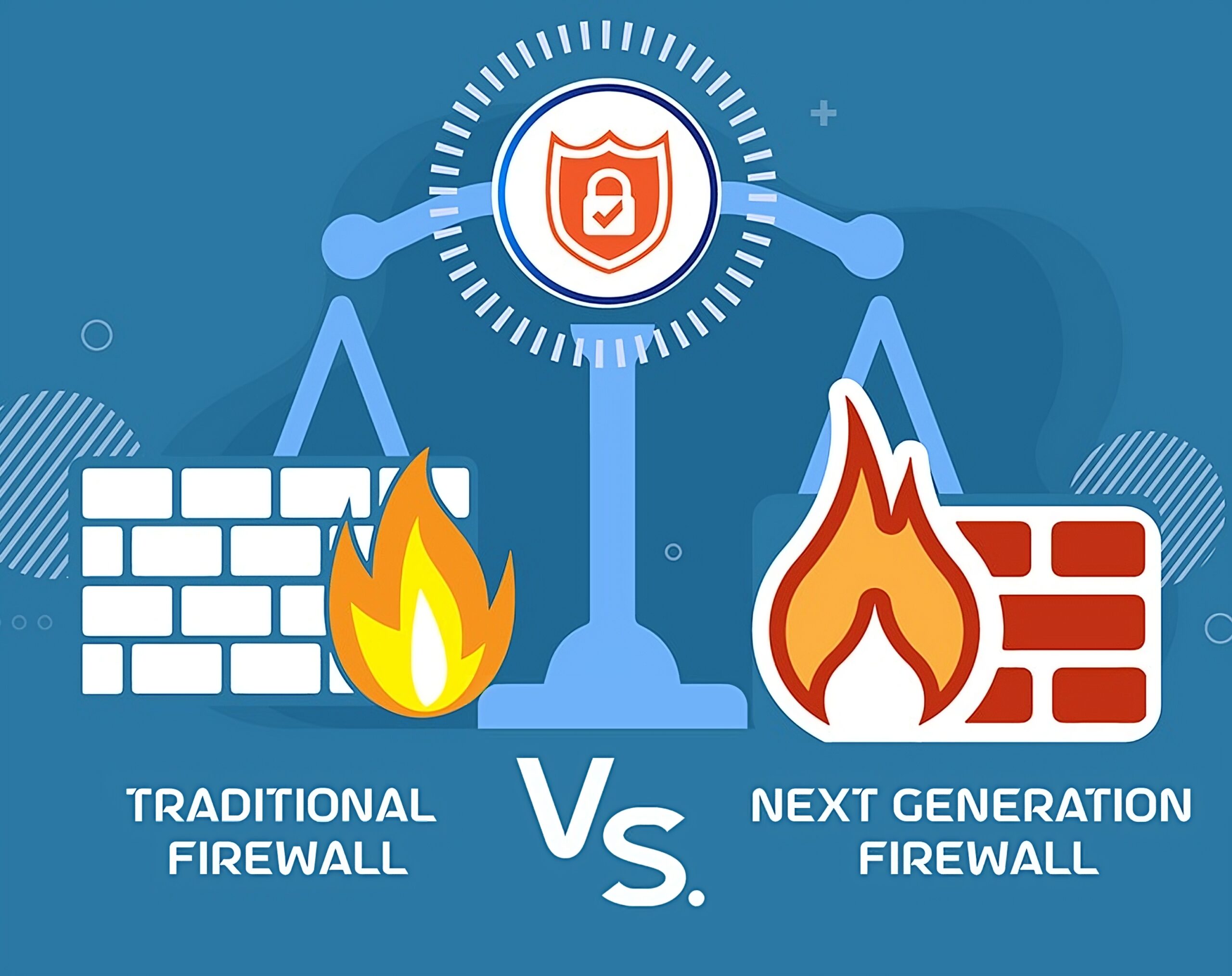Introduction
Fiber-optic internet has been around since the early 2000s, but it has only been in the last few years that it has become widely available to consumers. One of the most significant advantages of fiber internet is its speed, and in this article, we will explore how much faster fiber internet has gotten over the years.
Early Days of Fiber Internet
When fiber internet was first introduced, it was primarily used by large businesses and government organizations. In the early days, fiber internet was capable of speeds of up to 10 megabits per second (Mbps). While this was significantly faster than traditional broadband internet, it was still relatively slow compared to modern standards.
Over time, fiber internet speeds began to increase. By the mid-2000s, fiber internet speeds had reached 100 Mbps, which was a significant improvement over the earlier speeds. At this point, fiber internet was becoming more widely available to consumers, but it was still relatively expensive and not yet ubiquitous.
Modern Fiber Internet Speeds
Today, fiber internet speeds have increased dramatically. In many areas, fiber internet is capable of speeds of up to 1 gigabit per second (Gbps), which is 100 times faster than the speeds available in the early days of fiber internet.
The primary reason for the dramatic increase in fiber internet speeds is the development of new technologies. One of the most important of these technologies is wavelength division multiplexing (WDM), which allows multiple data streams to be transmitted simultaneously over a single fiber-optic cable.
Another important technology that has contributed to the increase in fiber internet speeds is improved signal processing algorithms. These algorithms allow data to be transmitted more efficiently, which results in faster speeds.
In addition to these technological advancements, fiber internet has also become more widely available to consumers. Many internet service providers (ISPs) now offer fiber internet, and the cost of fiber internet has decreased significantly over the years.
Future of Fiber Internet
The future of fiber internet is an exciting one, as it is likely that speeds will continue to increase. In fact, some experts predict that fiber internet speeds could reach 10 Gbps in the next few years.
One of the key developments that is likely to contribute to the increase in fiber internet speeds is the deployment of 5G networks. 5G networks use higher-frequency radio waves than previous cellular networks, which allows for faster data transfer speeds. As 5G networks become more widespread, they are likely to be used to deliver fiber internet to consumers, which could result in even faster speeds.
Conclusion
Fiber internet has come a long way since its early days, and it has become one of the fastest and most reliable forms of internet available today. The increase in fiber internet speeds can be attributed to a variety of technological advancements, including WDM and improved signal processing algorithms. As the demand for faster internet speeds continues to grow, it is likely that fiber internet will continue to play a vital role in the development of computing and other technologies.



